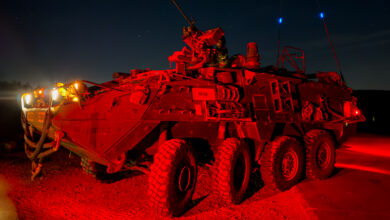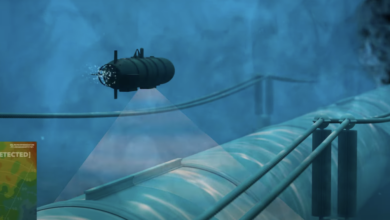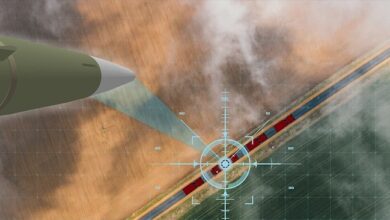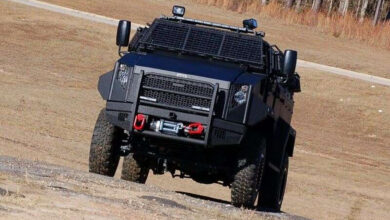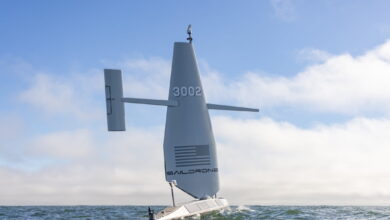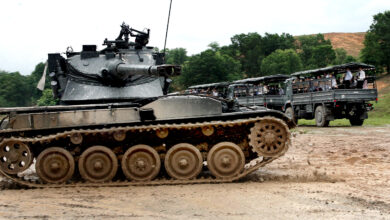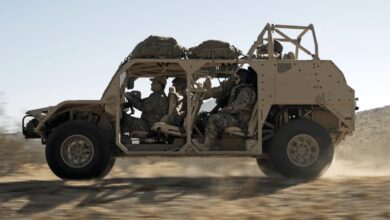US Army to Select TITAN Battle Management System Partner Next Year
The US Army will name a contractor to provide the service with the Tactical Intelligence Targeting Access Node (TITAN) next-generation battle management system next year.
The initiative is currently at its 14-month rapid prototyping phase and includes competing solutions from Palantir Technologies and Raytheon.
TITAN will serve as intelligence, surveillance, and reconnaissance ground support for beyond-line-of-sight targeting and situational awareness tasks.
The platform will incorporate artificial intelligence and machine learning to process data collected by space, high altitude, aerial, and terrestrial sensors.
US Army Intelligence, Electronic Warfare and Sensors Program Executive Officer Brig. Gen. Ed Barker said that the TITAN program’s industry partner will be announced between January and March next year, C4ISRNET reported.
“The selected vendor will further mature their prototype through more soldier touchpoints,” Barker told reporters in a December 5 interview.
“And then we intend to have some of this capability issued to designated units to allow them to refine the feedback and the [tactics, techniques and procedures] in which it would be employed.”

Two Variants Expected
Following the selection, the winning company will be asked to develop two variants of the TITAN solution.
The basic variant will be integrated into the army’s Joint Light Tactical Vehicle with limited functions, while the advanced variant will be employed with larger tactical systems, including M1083 trucks. Both variants will have a data connection from orbital sensors.
Barker said that the program’s corresponding familiarization and feedback-collection phase will conclude by 2026. The army will then decide whether to continue with the resulting system’s formal acquisition.
“We’re going through a lot of different exercises from a network standpoint in understanding where things are going to go at echelon and what that means for our existing modernization efforts,” he explained.
“A lot of that is going to depend on the various efforts that are going on right now to really flesh it out… as well as the different tabletop exercises that are going on within the Army to determine what that network will look like and then essentially where things will fall from a functional standpoint.”




